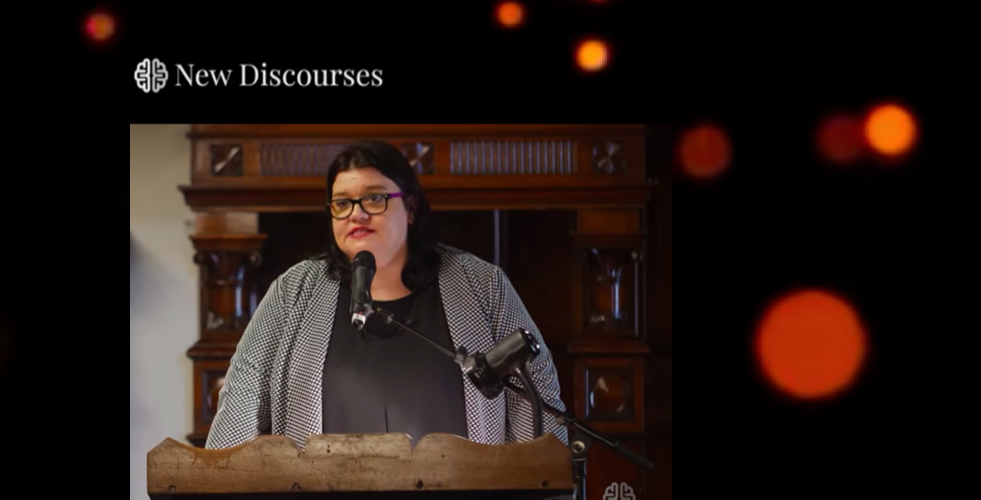Let’s face it. It’s scary out there. We live in an era in which saying or doing the “wrong” thing meanssocial media can be instantly deployed to issue calls for mob justice. Lies and misinformation spread so quickly that strangers can come together within the space of an hour to launch bullying campaigns against individuals…













